Press Release from the Campaign for Alternatives to Isolated Confinement and Jails Action Coalition.
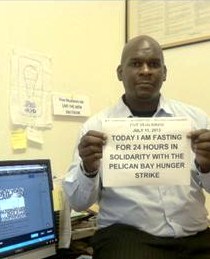 NEW YORK, July 13 — Dozens of activists in New York have pledged to fast to express their solidarity with the thousands who are on hunger strike at Pelican Bay and other California prisons. The “rolling fast,” in which each person fasts for one day, began on July 8, on the same day as the California hunger strike, and organizers say it will go on as long as the prison hunger strike continues.
NEW YORK, July 13 — Dozens of activists in New York have pledged to fast to express their solidarity with the thousands who are on hunger strike at Pelican Bay and other California prisons. The “rolling fast,” in which each person fasts for one day, began on July 8, on the same day as the California hunger strike, and organizers say it will go on as long as the prison hunger strike continues.
Those who have pledged to fast include survivors of solitary confinement, family members of people held in solitary, advocates, lawyers, mental health practitioners, clergy, and concerned community members. They belong to two local campaigns that oppose the widespread use of solitary confinement in New York’s prison and jails: the Campaign for Alternatives to Isolated Confinement (CAIC) and the New York City Jails Action Coalition (JAC).
“It is important for those of us in New York organizing around solitary confinement in our jails and prisons to support all people who are fighting to end torture in prison,” said Jennifer Parish of New York City’s Urban Justice Center. “I choose to fast because it is a way to say to people who are locked away in horrific conditions that I stand with them. It is a small way to take on some of their suffering…On the day I fast, I hope the pangs of hunger will connect me to the desperation of these other human beings who are driven to deprive themselves of food day after day.”
Five Mualimm’ak, a member of CAIC and JAC who fasted earlier this week, endured three years in solitary confinement in a New York State prison. “While you were in ‘the box,’ it would take a whole tier screaming together to gain attention if you needed help or were injured in your cell,” Mualimm’ak said. “This only proves that we have to stand united to make change…As activists, it is our duty to make a stand with those who are screaming for help.”
By fasting, the New Yorkers are affirming their support for the five core demands of the California hunger strikers, which include an end to group punishment, reform of the current process by which individuals are deemed prison gang members and sent into indefinite isolation, an end to long-term solitary confinement, adequate and nutritious food, and constructive programming.
More than 3,000 people are held in solitary in the Security Housing Units (SHUs) at Pelican Bay, Corcoran, and Tehachapi State Prisons, with thousands more in long-term isolation in the state’s Administrative Segregation Units. They spend 22 to 24 hours a day in small, windowless concrete cells–and some remain there for decades. As of 2011, California held over 500 in the SHU for over five years, and 78 for more than 20 years.
“These are the same kinds of conditions we are trying to change in New York,” said Donna Currao, who has a family member in solitary confinement in a New York prison. “I’m fasting to raise awareness for all our loved ones near or far. We are in this together. We may be thousands of miles apart but we all are fighting for fair and humane treatment.”
In New York State prisons, more than 4,000 men, women, and children are in some form of isolated confinement, while New York City’s jails hold an additional 1,000 in solitary. At least 80 percent of SHU sentences in New York are handed down for nonviolent misbehavior. New York’s prisons and jails, like California’s, isolate individuals at rates well above the national average. These facts gave rise, in the last two years, to the two campaigns dedicated to abolishing long-term solitary, CAIC and JAC.
Pastor James Giles of the Back To Basics Outreach Ministries in Buffalo, one of several clergy joining in the fast, agrees: “Fasting is about placing my needs under subjection to my mind,” said Pastor Giles. “It is a way to prepare one’s body for suffering. To do this corporately suggests that we are willing to share in each other’s suffering, to reflect our solidarity. Standing together, sharing the same affliction for the greater cause.”
Rabbi Rachel Kahn-Troster, of the rabbinic human rights group T’ruah, said of the California hunger strikers, “As their fellow human beings, and as citizens of a country founded on a promise of justice, we fast because we are appalled that solitary confinement endures…We fast in solidarity with them today to cry out against the injustice of solitary confinement.”
To sign up for the fast, go to https://docs.google.com/spreadsheet/ccc?key=0AhYWC9ByjceTdFVuZ3Z1QVFCd3BqbjZXSDZaRm1WWFE&usp=sharing#gid=0
For more information about the fast, contact Megan Crowe-Rothstein at megan@urbanjustice.org or Five Mualimm-ak at endthenewjimcrow@gmail.com. For more information about the New York campaigns involved, visit http://nycaic.org/ and http://www.nycjac.org/. For more information about the California prison hunger strike, visit http://prisonerhungerstrikesolidarity.wordpress.com/.
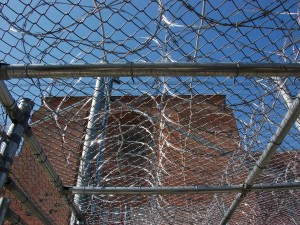
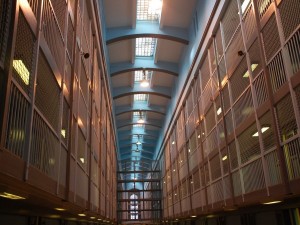
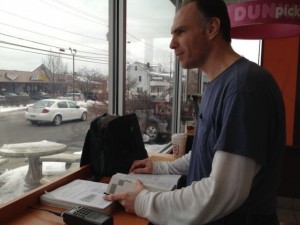

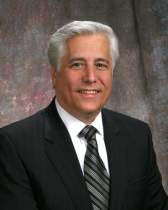
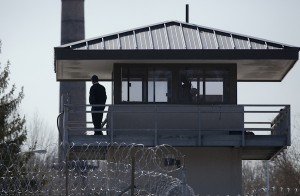
Follow the #HALTsolitary Campaign